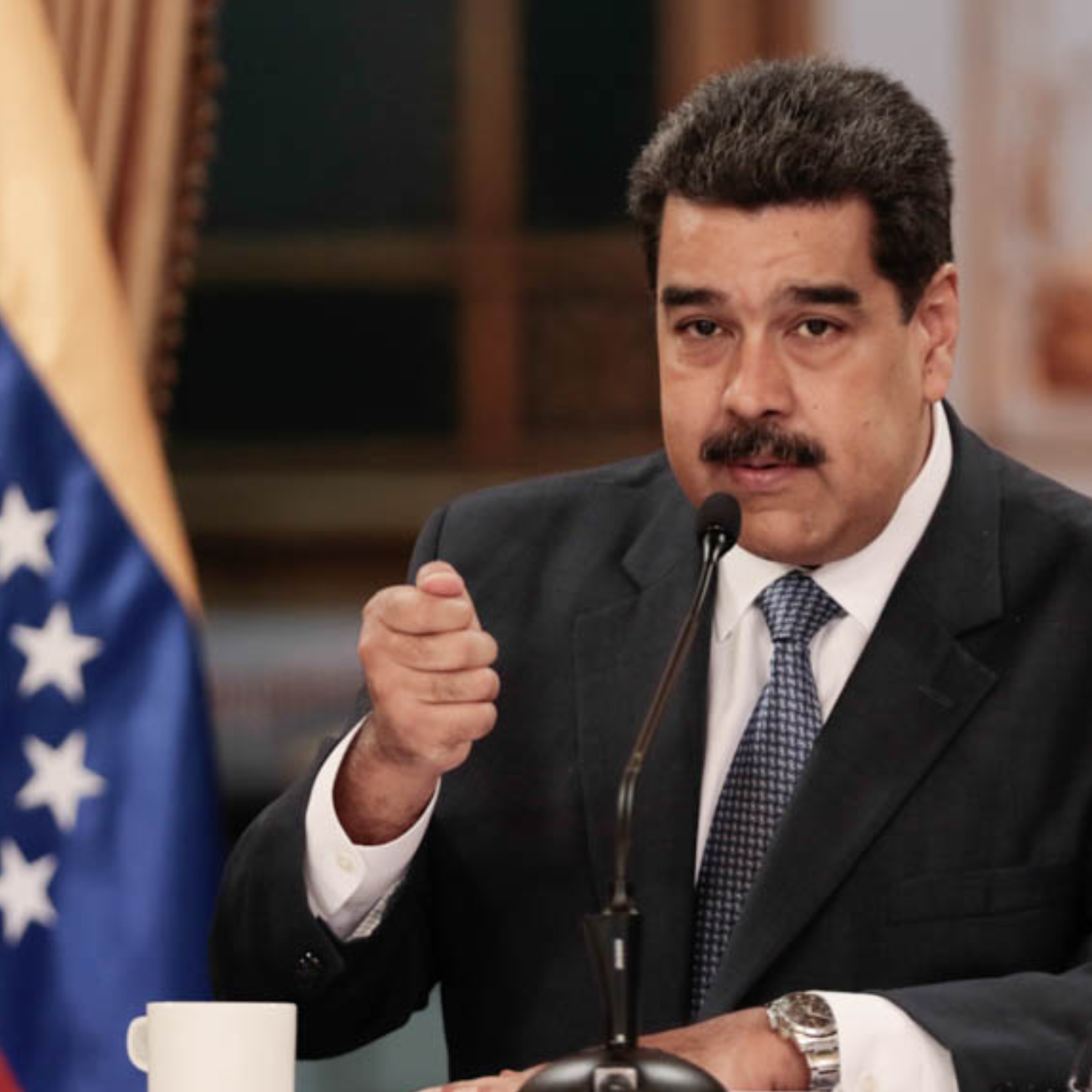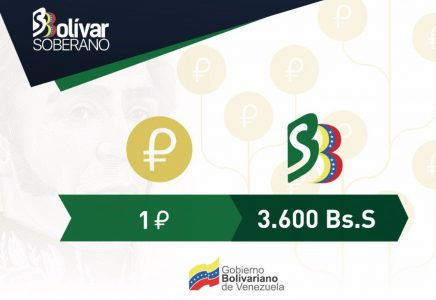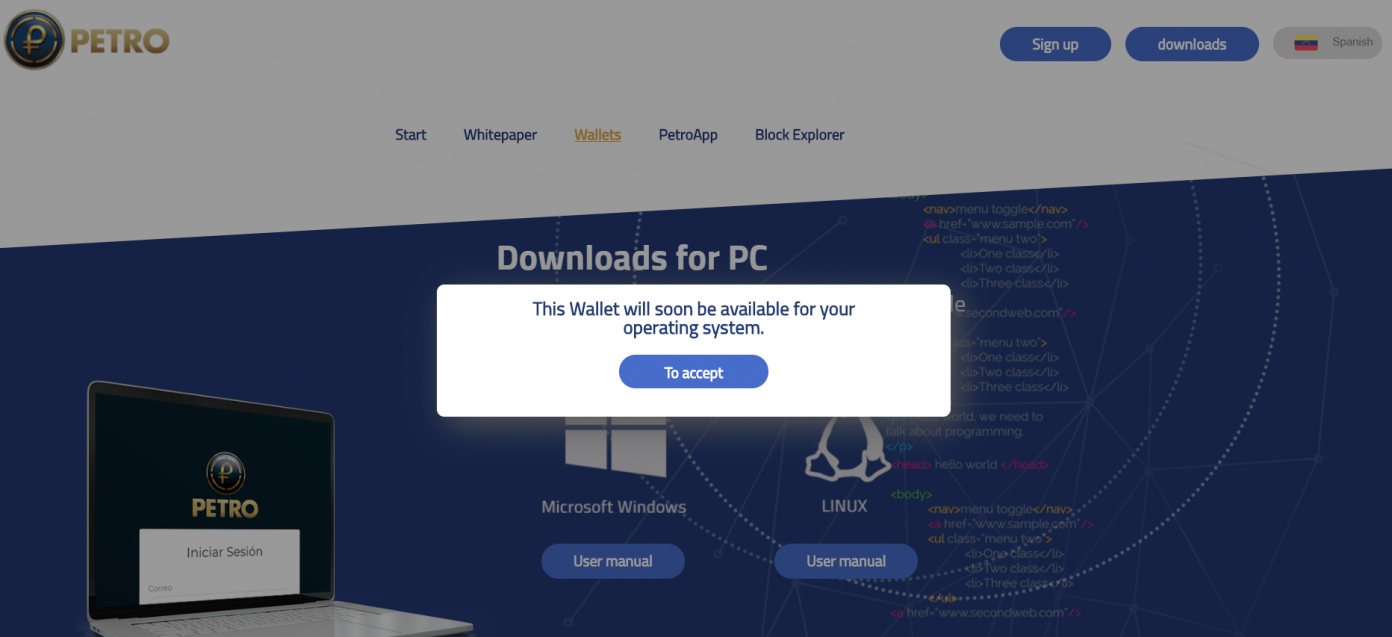
Venezuela’s President Nicolas Maduro has announced that the price of the petro, his country’s national “cryptocurrency,” has been increased from 3,600 sovereign bolivars to 9,000. While the wallet for the petro is still unavailable, the Venezuelan government continues to sell the digital currency and issue certificates of purchase to buyers.
Also read: Indian Supreme Court Moves Crypto Hearing, Community Calls for Positive Regulations
Price Hike for Petro
 Maduro announced on state television on Thursday the price increase of the petro, Venezuela’s so-called national “cryptocurrency,” effective on Friday. The announcement was made at the same time he ordered a 150 percent increase in the country’s monthly minimum wage, the sixth rate hike this year. Bloomberg wrote on Thursday:
Maduro announced on state television on Thursday the price increase of the petro, Venezuela’s so-called national “cryptocurrency,” effective on Friday. The announcement was made at the same time he ordered a 150 percent increase in the country’s monthly minimum wage, the sixth rate hike this year. Bloomberg wrote on Thursday:
The price for the petro cryptocurrency will rise from 3,600 sovereign bolivars [Bs.s] to 9,000.

In August, Maduro linked the price of the petro to the sovereign bolivar (bolívar soberano), the main currency of Venezuela since Aug. 20. “Each petro, as the anchor point of the sovereign bolívar, will have a value of 3,600 Bs.s,” he announced at the time.
Following Maduro’s Thursday announcement, Venezuelan economist Leonardo Buniak explained that the petro “was worth 3,600 Bs.s because the Dicom dollar costs 60 and the oil costs 60,” Atodomomento publication reported. He added, “now a petro is decreed at 9,000 Bs.s … you have just devalued the sovereign bolivar with respect to the petro and by more than 100%,” elaborating:
Anchoring the bolivar to the petro is anchoring it to nothing.
Lacking Crypto Traits
Buniak also asserted that “the petro cannot be called a cryptocurrency because the value was given by President Maduro and not the interaction between supply and demand,” the publication conveyed. He detailed:
When the president decrees that a petro is worth 9,000 Bs.s, what he is saying is that the petro is not a cryptocurrency but a debt title that is predetermined, [which] cannot be mined. It is impossible to think that it is a cryptocurrency when its value is not given by the interaction between supply and demand.
Furthermore, the wallet for the petro is still unavailable. The links to download them for Windows and Linux still pop up the message: “This wallet will soon be available for your operating system.” In addition, Tarek El Aissami, the country’s economic minister and former vice president, previously explained that Google has removed the Android app for the petro wallet.

The Petro code is also not available to the public, so independent confirmation of its existence or functionality is impossible. There are also no published charts or data showing the health or stability of the Petro network, such as network activity, confirmation times, transaction throughput, mining hashrate, or other basic cryptocurrency statistics.
The Venezuelan government’s own block explorer for the petro currently shows a total of 3,138 blocks despite the Petro whitepaper’s description of one block per minute.

Despite the lack of cryptocurrency traits, Sunacrip, the regulator in charge of all crypto activities in Venezuela, has been selling the petro at its headquarters since the end of October. Buyers are issued certificates of purchase after completing know-your-customer (KYC) verification involving fingerprinting.
Meanwhile, Maduro announced on Nov. 26 during a meeting with his cabinet of ministers that “tourism zones will be created in which services will be paid in international cryptocurrencies, in the petro government cryptocurrency and in international currencies,” El Nacional reported.
What do you think of Maduro raising the price of the petro against the sovereign bolivar? Let us know in the comments section below.
Images courtesy of Shutterstock and the Venezuelan government.
Need to calculate your bitcoin holdings? Check our tools section.
The post Maduro Orders Price of Venezuela’s ‘Cryptocurrency’ to More Than Double appeared first on Bitcoin News.
Powered by WPeMatico
